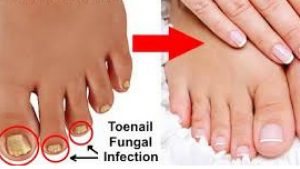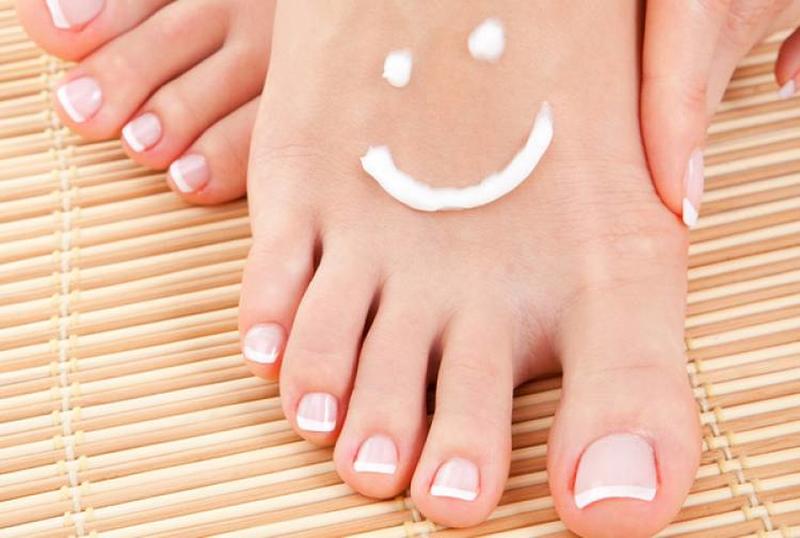Understanding Toenail Troubles
Solving Toenail Troubles thickness and discoloration are common issues that affect many individuals, often causing discomfort and embarrassment. These problems can arise due to various factors, including fungal infections, trauma, poor hygiene, or underlying health conditions. Understanding the root causes and implementing effective solutions is essential for restoring toenail health and regaining confidence.
Identifying the Causes
Fungal Infections: Common Culprits
Fungal infections, such as onychomycosis, are among the leading causes of toenail troubles. These infections thrive in warm, moist environments, making toenails susceptible to invasion. Factors like wearing tight-fitting shoes, walking barefoot in public areas, or having sweaty feet increase the risk of fungal growth, leading to thickened and discolored nails.
Trauma and Injury: Physical Damage
Trauma or injury to the toenail can result in thickening and discoloration, as the nail becomes damaged or detached from the nail bed. Activities like sports, improper nail trimming, or dropping heavy objects on the toe can cause trauma, leading to changes in nail appearance and texture.

Poor Hygiene Practices: Contributing Factors
Neglecting proper foot hygiene can contribute to toenail troubles, allowing bacteria and fungi to proliferate. Failing to clean and dry the feet thoroughly, wearing dirty socks or shoes, and sharing nail grooming tools can increase the risk of infections and other nail abnormalities.
Underlying Health Conditions: Indicators of Systemic Issues
In some cases, toenail changes may be indicative of underlying health conditions such as psoriasis, diabetes, or circulatory problems. These systemic issues can affect nail growth and appearance, manifesting as thickened, discolored, or brittle nails. Identifying and addressing these underlying health concerns is crucial for effectively managing toenail troubles.
Overcoming Thickness and Discoloration
Topical Treatments: Antifungal Solutions
For fungal-related toenail problems, topical antifungal treatments are often the first line of defense. These solutions contain active ingredients like clotrimazole or terbinafine, which work to eliminate fungal infections and restore nail health. Regular application as directed can help reduce thickness and discoloration over time.
Oral Medications: Systemic Approaches
In severe cases of fungal infection, oral antifungal medications may be prescribed to target the infection from within. Drugs like fluconazole or itraconazole are effective in treating stubborn toenail fungus, penetrating the nail bed to eradicate the infection. However, oral medications may carry risks of side effects and require careful monitoring by a healthcare professional.
Nail Debridement: Removing Affected Tissue
Nail debridement, or the removal of thickened or damaged nail tissue, can help alleviate discomfort and improve nail appearance. This procedure may be performed by a podiatrist using specialized tools to trim and thin out affected nails. Regular debridement sessions combined with other treatments can promote healthy nail regrowth.
Laser Therapy: Innovative Solutions
Laser therapy has emerged as a promising treatment option for stubborn toenail fungus. This non-invasive procedure involves targeting fungal cells with concentrated light energy, effectively killing the infection while preserving surrounding tissue. Laser therapy is safe, quick, and typically requires multiple sessions for optimal results. Explore About ( Tongue Health)

Preventing Recurrence
Maintain Proper Foot Hygiene
Practicing good foot hygiene is essential for preventing recurrence of toenail troubles. This includes keeping the feet clean and dry, wearing breathable socks and shoes, and avoiding walking barefoot in public areas.
Trim Nails Correctly
Proper nail trimming can help prevent trauma and damage to the toenails. Trim nails straight across and avoid cutting them too short or rounding the edges, which can increase the risk of ingrown nails and other issues.
Wear Appropriate Footwear
Choose footwear that provides adequate support and allows for proper ventilation to reduce the risk of fungal infections. Avoid tight-fitting shoes or shoes made from non-breathable materials, as these can create favorable conditions for fungal growth.
| Causes | Treatments | Prevention |
|---|---|---|
| Fungal Infections | Topical Treatments | Maintain Proper Foot Hygiene |
| Trauma and Injury | Oral Medications | Trim Nails Correctly |
| Poor Hygiene Practices | Nail Debridement | Wear Appropriate Footwear |
| Underlying Health Conditions | Laser Therapy |
Conclusion
In conclusion, toenail thickness and discoloration can significantly impact an individual’s quality of life, affecting both physical comfort and self-esteem. By understanding the underlying causes and implementing appropriate treatments and preventive measures, individuals can overcome toenail troubles and enjoy healthy, beautiful nails once again.




